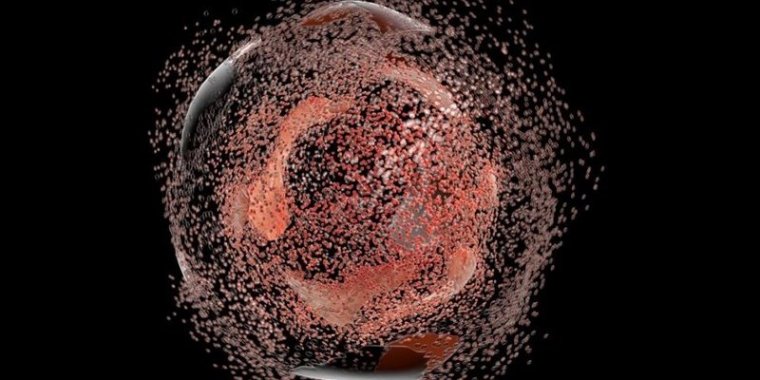| News / Science News |
Cells Back from Brink of Death
A new collaboration between two UC Santa Barbara labs explored the underlying molecular mechanism of a remarkable process called anastasis, a Greek word meaning "rising to life."

Cells Back from Brink of Death. ![]()
Building on earlier work showing that cells can recover from the brink of death, the new study demonstrates that anastasis is an active process composed of two distinguishable stages.
"We knew already that cells need to transcribe new genes in order to recover," explained corresponding author Denise Montell, UCSB's Duggan Professor of Molecular, Cellular, and Developmental Biology. "So we profiled every molecule of mRNA in the cells as they started to die and then as they recovered."
Even when cells are at the brink of death, they are secretly enriching survival RNAs. The cells don't know if things are going to get better or worse, so they hold on to some survival molecules just in case. So the cells are poised to recover even while they're dying.
They also discovered that RNAs induced in the early phase of anastasis promote transcription of other genes, which allows cells to recover and start dividing. In the later phase, RNAs change what they make and acquire the ability to migrate.
"We want to know whether a cell recovering from the brink of death retains a permanent epigenetic memory of the experience," Montell said. "We also want to find out whether cells that have experienced one round of anastasis are more or less resilient to a subsequent round. And most importantly, does the mechanism we describe in this paper underlie relapse after chemo and radiation therapy?" (Tasnim News Agency)
YOU MAY ALSO LIKE



